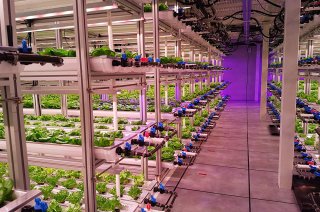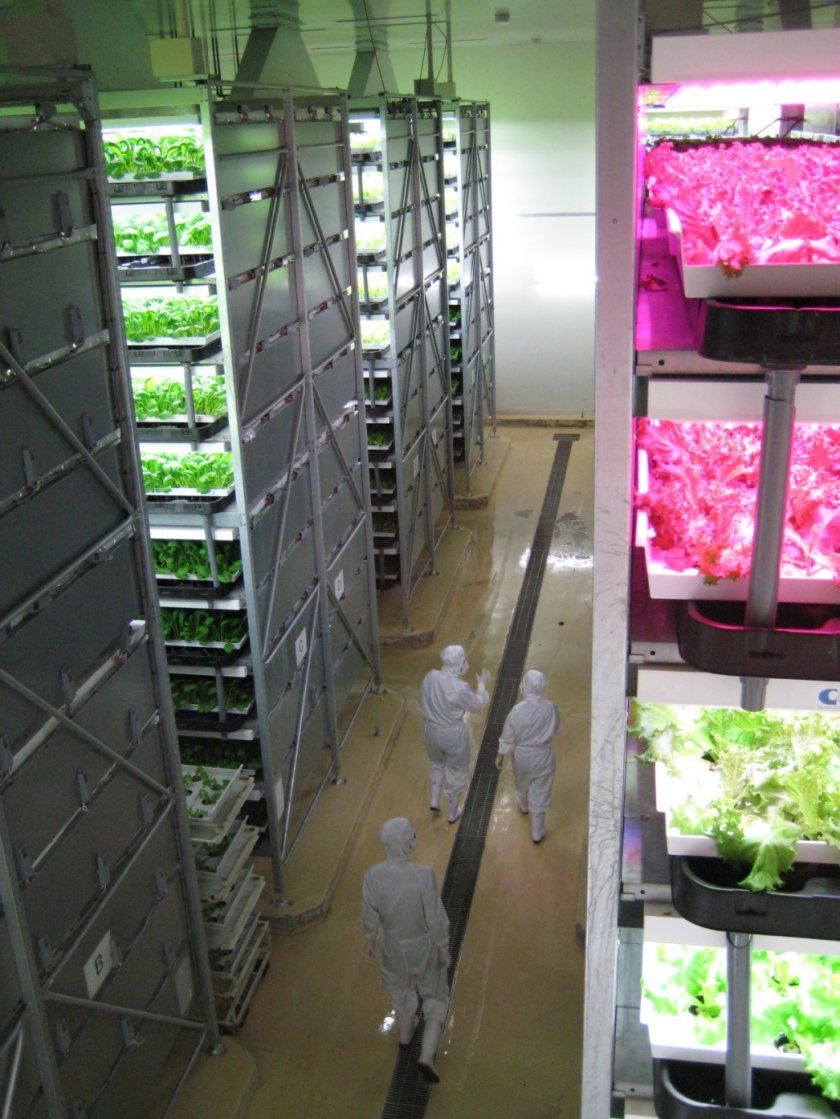
Dossier
Vertical farming
The cultivation of crops in buildings (vertical farming) can offer many advantages. For example, by growing crops in layers above one another in empty office blocks, we can achieve sustainable, efficient and fully-controlled cultivation. Ultimately, this can mean no pesticide use, no nutrient emissions, just 2-4 litres of water per kilogram of vegetables, and a 10-20 times reduction in the amount of land required. Energy consumption is still high, but researchers are working hard to grow products using less energy than needed in a greenhouse.
Vertical farming could bring about a revolution in the production of fresh vegetables. By growing crops in layers in a controlled environment, it is possible to provide guarantees on the level and quality of production, every day of the year, and whatever the weather and climate (or climate change).
Growing vegetables in the city
In many cities, there are lots of factories and offices that are currently empty. Using these buildings for vertical farming creates a safe, healthy and sustainable pathway to providing the growing populations of these cities with locally-produced fresh food.
GROWx 2.0 Robotic vertical farm
Together with the AMS Institute and GROWx we are setting up an efficient, fully robotized, and Artificial Intelligence (AI) driven vertical farm in Amsterdam. The goal is to develop a viable vertical farming business model.
- Unfortunately, your cookie settings do not allow videos to be displayed. - check your settings
Webinar and Lecture
- Key factors for optimal crop production in greenhouses and vertical farms by Leo Marcelis - 19 January 2018
- Lecture recordings and slides of Leo Marcelis and Jan Willem van der Schrans at Indoor Farming Seminar - 1 November 2017
In the media:
- Could indoor farming help address future food shortages? - PBS NewsHour - 11 Nov 2017
- Pays-Bas: écolos et productivistes - TV France - 12 okt 2016









